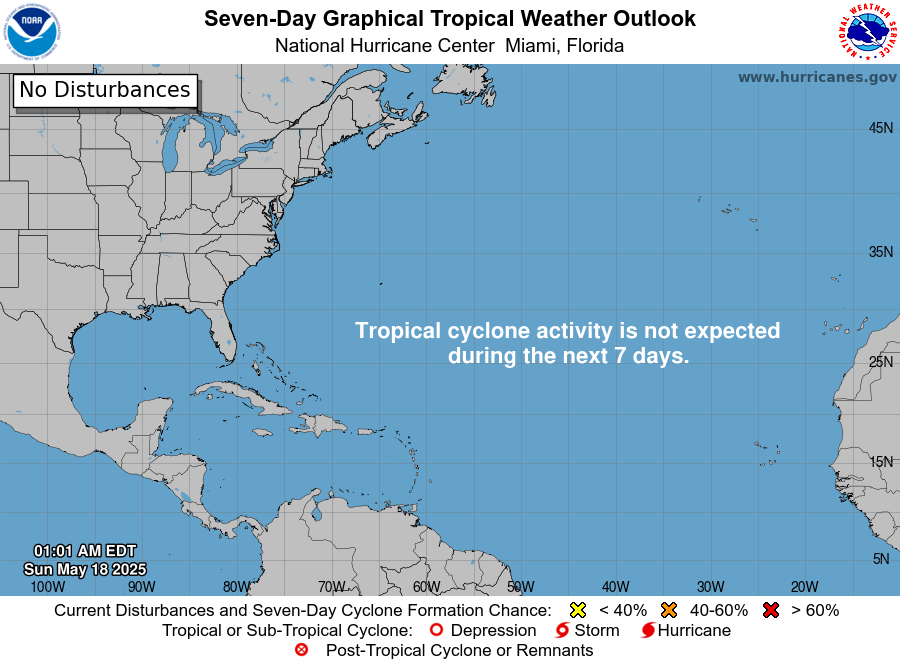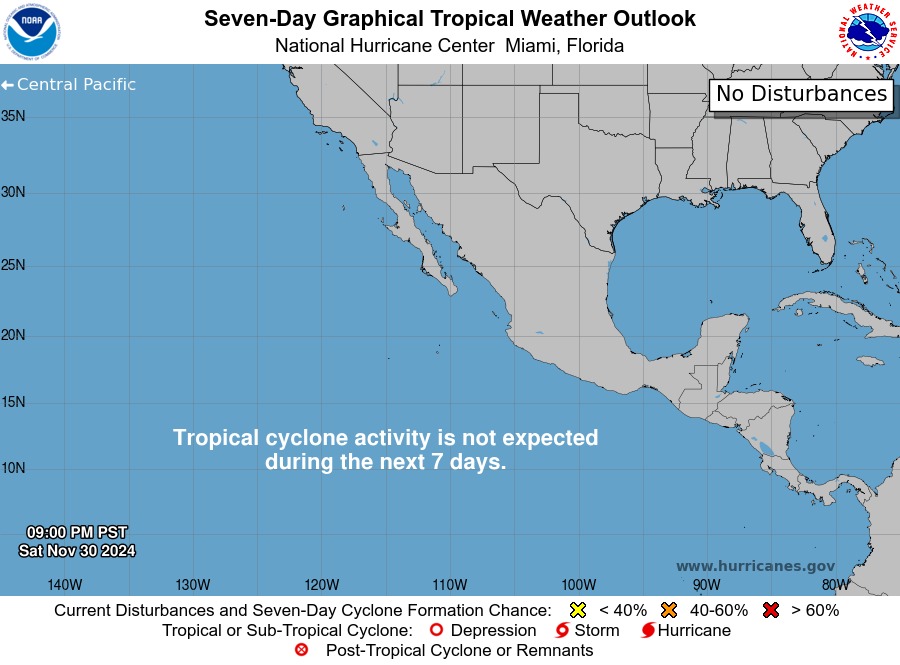This article focuses on what we are paying attention to in the next 48 to 72 hours. The article also includes weather maps for longer-term U.S. outlooks (up to four weeks) and a six-day World weather outlook which can be very useful for travelers.
First the NWS Short Range Forecast. The afternoon NWS text update can be found here after about 4 p.m. New York time but it is unlikely to have changed very much from the morning update. The images in this article automatically update.
Short Range Forecast Discussion
NWS Weather Prediction Center College Park MD
Sat Jan 25 2025
Valid 12Z Sat Jan 25 2025 – 12Z Mon Jan 27 2025…Precipitation in southern California will ease wildfire conditions but
could result in localized debris flows and flash flooding……Elevated wildfire concerns over portions of Arizona this weekend…
A deep upper low and associated frontal system are working their way south
across the western U.S., bringing snow from the Great Basin east to the
Rockies and central High Plains. The upper low is forecast to gradually
stall, resulting in persistent low pressure over the Southwest through
Monday. As low pressure strengthens, winds and precipitation will increase
across the region. Strong gusty winds and dry conditions will likely
result in elevated wildfire concerns over portions of Arizona while
precipitation eases fire weather conditions in southern California. Due to
increased sensitivity from recent wildfires, moderate to locally heavy
rain could result in debris flows and flash flooding in or around burn
scars in southern California.East of the Rockies, low pressure tracking along the U.S.-Canada border
will push a couple of frontal systems south across the Central U.S. while
high pressure builds over the Southeast today. The leading front will
extend from the southern Plains to the Great Lakes, but precipitation
chances will be limited to the southern Plains and Great Lakes regions.
The second front will trigger snow showers over the northern Plains and
Upper Midwest today before catching up with the leading front this
afternoon. The southern portion of the front will slowly sag towards the
Gulf Coast Sunday into Monday while the northern portion pushes across the
Northeast and Mid-Atlantic. Shower and thunderstorm chances will continue
in the southern Plains and spread into the Lower Mississippi Valley and
Southeast. Locally heavy rainfall may lead to isolated instances of flash
flooding on Sunday for portions of the Texas Gulf Coast and Lower
Mississippi Valley. Wintry precipitation chances will also spread into the
northern/central Appalachians and interior New England, with the locally
heavy snow possible in northern New York downwind of Lake Ontario.Today will mark the start of a warming trend in temperatures along the
Gulf and East Coasts. High temperatures will generally be 5-15 degrees
below average this afternoon, then return to near average values Sunday
and Monday. A cooler air mass will move across the Central U.S. in the
wake of a cold front this weekend, with the coldest anomalies expected in
the Rockies and High Plains where temperatures will be 15-25 degrees below
average today. An eastward moving warm front will bring above average
temperatures to the north-Central U.S. by Monday. West of the Rockies,
temperatures will generally be below average under the influence of the
upper low, and precipitation and cloud cover will result in highs falling
to 10-20 degrees below average in the Southwest.
To get your local forecast plus active alerts and warnings click HERE and enter your city, state or zip code. If the Hazards Outlook is not updated click here but remember it does not update during the weekend.
Learn about wave patterns HERE.
Then, looking at the world and of course, the U.S. shows here also. Today we are looking at precipitation.
Please click on “Read More” below to access the full Daily Report issued today.
| Notices: What would you like to learn about? Please provide that to me via the comment section at the end of the article. |
Now more detail on the 48-Hour Forecast (It is a 48 to 72 Hour Forecast actually)
Daily weather maps. The Day 1 map updates twice a day and the Day 2 and 3 maps update only once a day. These maps update automatically. But if that does not happen, you can get updates by clicking HERE
TODAY (or late in the day the evening/overnight map will appear) (Key to surface fronts shown on maps and you will then also be able to insert a city name or zip code and get a local NWS forecast).

TOMORROW

NEXT DAY

We have a new animation of the forecast which shows how things may play out over the next 60 hours. To update click ANIMATION. Doing so will get you to the dashboard. You can then step through the animation or hit LOOP on the upper right of the display. You will have to hit the back arrow ← at the top left on your computer to get back into this article. It is a little more trouble than before but I think NOAA scrapped the animation routine I was using so we have to keep up with “progress”.
The NWS Climate Prediction Center’s: Watches, Warnings, and Advisories plus other information can be found HERE. That takes you to the NWC Severe Weather Site. From there you can select among many categories of information. Remember to hit the back arrow ← at the top left of your screen to return to this article.
ATMOSPHERIC RIVERS
This tells us what is approaching the West Coast. Click HERE to update If I have not gotten around to doing the update. Here is some useful information about Atmospheric Rivers.

Below is the current five-day cumulative forecast of precipitation (Updates can be found HERE)

Ski SnowReports
New Feature – Ski Reports. It is difficult to find reports that auto-update on-screen (and they are very long) but these links will get you to them – If you have additional suggestions make them in the comments section after every Econcurrents Article and we may add those links. We will try to not have too much overlap as that can add to the confusion.
Snow Forecasts. And remember this shows natural snow. Ski resorts also make their own snow.
Day 1

Day 2

Now we look at Intermediate-Term “Outlook” maps for three time periods. Days 6 – 10, Days 8 – 14, and Weeks 3 and 4. An outlook differs from a forecast based on how NOAA uses these terms in that an “outlook” presents information as deviation from normal and the likelihood of these deviations.
Below are the links to obtain updates and additional information. They are particularly useful if you happen to be reading this article significantly later than when it was published. I always try to provide readers with the source of the information in my articles. These links may also be useful for those viewing this article on a cell phone or other small screen.
| Days 6 – 10 (shown in Row 1) | Days 8 – 14 (Shown in Row 2) | Weeks 3 and 4 (Shown in Row 3 but updates only on Fridays) |
| https://www.cpc.ncep.noaa. gov/products/predictions/610day/ | https://www.cpc.ncep .noaa.gov/products/predictions/814day/ | https://www.cpc.ncep.noaa.gov/products/predictions/WK34/ |
Showing the actual maps. They should now update automatically. The Week 3 – 4 Outlook only updates on Fridays. So below is what I call the Intermediate-term outlook. On Fridays, it extends out 28 Days. That declines day by day so on Thursday it only looks out 22 days until the next day when the Week 3 – 4 Outlook is updated and this extends the outlook by one additional week.
| 6–
10
|
|
|
| 8–
14 |
|
|
| 3–
4 |
|
|
HAZARDS OUTLOOKS
Click here for the latest complete Day 3 -7 Hazards forecast which updates only on weekdays. Once a week probably Monday or Tuesday I will update the images. I provided the link for readers to get daily updates on weekdays. Use your own judgment to decide if you need to update these images. I update almost all the images Friday Night for the weekend edition of this Weather Report. So normally readers do not need to update these images but if the weather is changing quickly you may want to.

Temperature month to date can be found at https://hprcc.unl.edu/products/maps/acis/MonthTDeptUS.png
Precipitation month to date can be found at https://hprcc.unl.edu/products/maps/acis /MonthPNormUS.png
World Forecast [that website is has been intermittent so be patient]
Below are the Day 1 -3 and 4-6 forecasts for temperature and precipitation. Updates and much additional information can be obtained HERE
World Temperature Anomalies


World Accumulated Precipitation


This information is provided by the University of Maine. They draw upon many different sources. There is a lot of information available at the link provided. I have just provided two useful forecasts. There are probably over a hundred different forecasts available from this source.
Worldwide Tropical Forecast (This is a NOAA Product)
This graphic updates on Tuesdays) If it has not been updated, you can get the update by clicking here Readers will only have to do that if they are reading this article much later than the date of it being published.
Information on Tropical Storms can be found HERE. Western Pacific information can be found HERE. Note that unless there is an out-of-season storm the below images will not update until the National Hurricane Center starts their seasonal update of these maps on June 1. I include them simply because there can be an out-of-season event in which case it should show up in these maps.


–
| I hope you found this article interesting and useful. |








